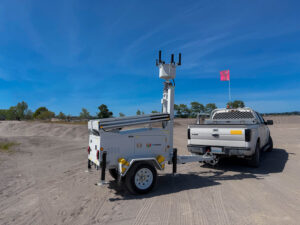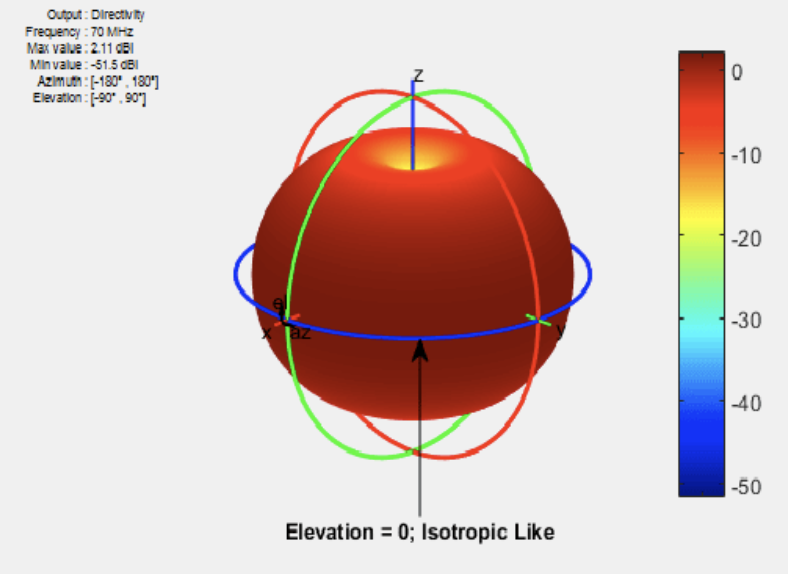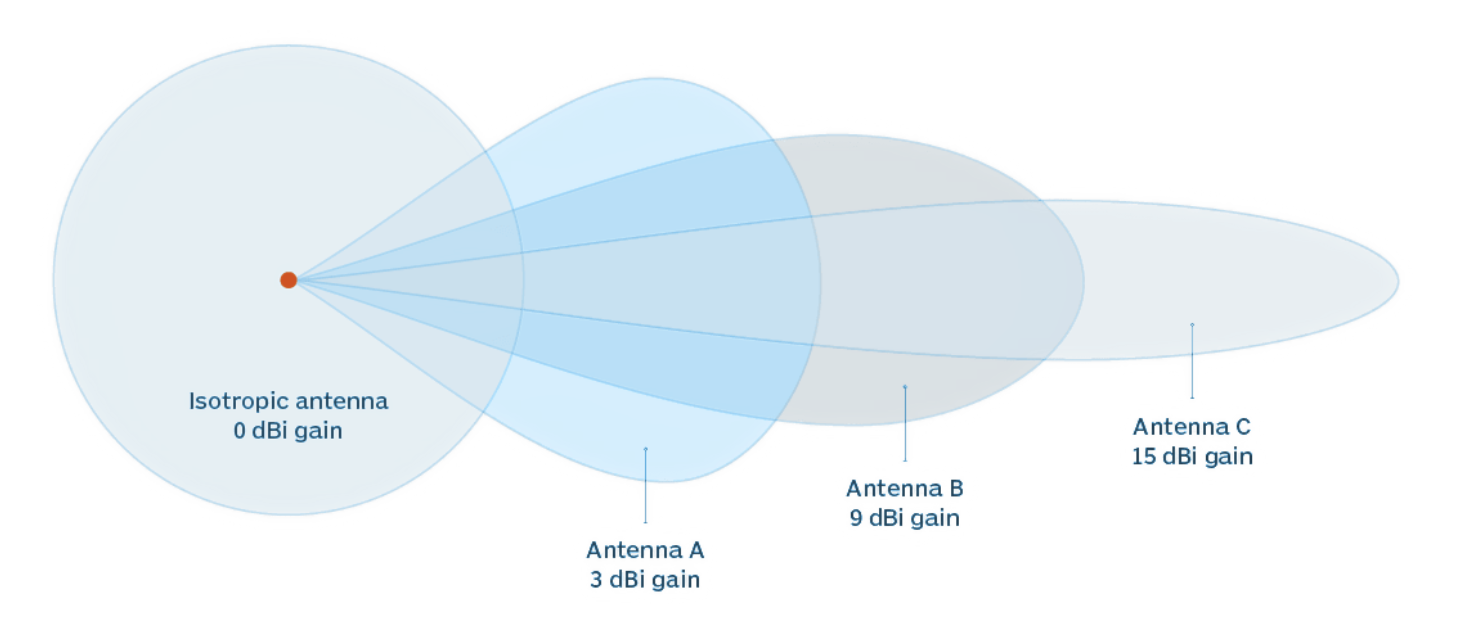

In the world of wireless communications, antennas play a pivotal role in transmitting and receiving signals. Two critical aspects that define an antenna’s performance are its gain and coverage pattern. Understanding the relationship between these two factors is essential for optimizing wireless communications systems, whether for handheld or wearable devices, mobile machinery, or even specialized applications like satellite and military communications.
Antenna gain is a measure of how well an antenna can focus energy in a particular direction compared to a reference antenna, typically an isotropic radiator (a theoretical “baseline” antenna that radiates energy in a spherical pattern equally in all directions). Gain is usually expressed in decibels (dB). Higher gain indicates that the antenna can transmit or receive more power in a specific direction.
The coverage pattern, also known as the radiation pattern, is a representation of the distribution of power radiated by the antenna in space. It shows how the antenna radiates energy in different directions and is usually depicted in 2D polar or rectangular plots, but can be more usefully depicted in a 3D image overlay on top of your desired coverage area using modern radio planning software.
The relationship between antenna gain and coverage pattern is inherently linked by the principle of energy conservation. When an antenna has high gain, it focuses its energy into a narrower beam, leading to a more directional coverage pattern. Conversely, an antenna with lower gain spreads its energy over a wider area, resulting in an omnidirectional or broader coverage pattern.


Antenna gain and coverage pattern are fundamental characteristics that define how an antenna transmits and receives signals. By understanding the relationship between these two factors, engineers and designers can create more efficient and effective communication systems tailored to specific needs and environments. Whether it’s ensuring broad coverage for an industrial Wi-Fi network or establishing a focused point to point communication link between two towers, the right combination of antenna gain and coverage pattern is key to achieving optimal performance.


